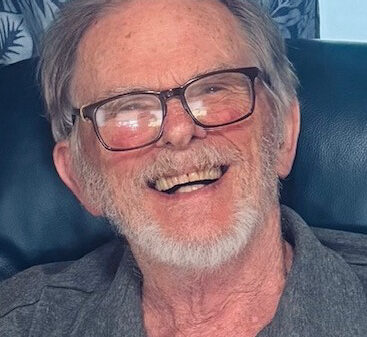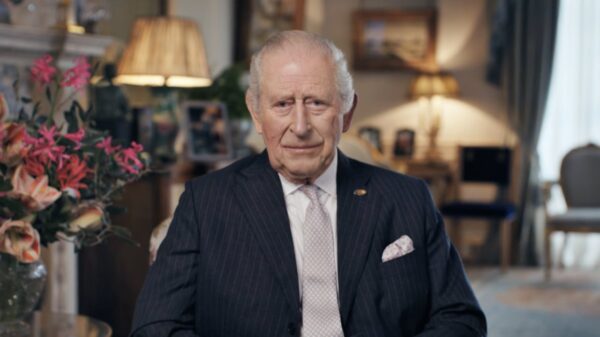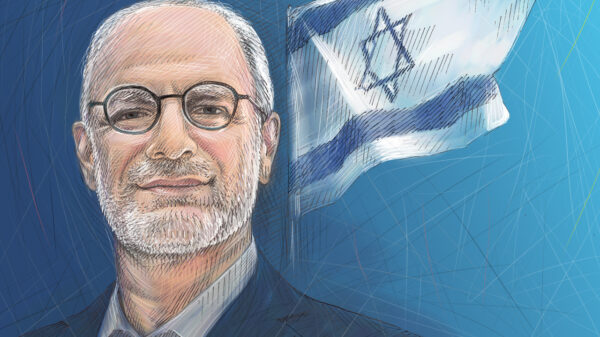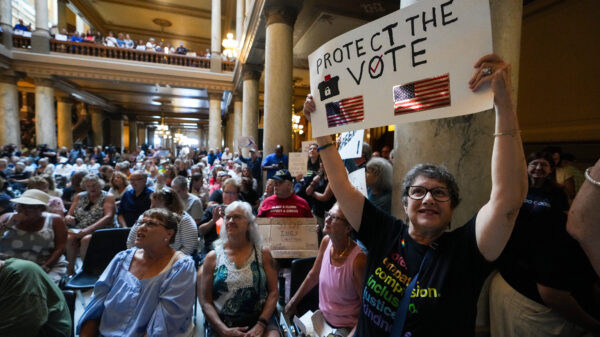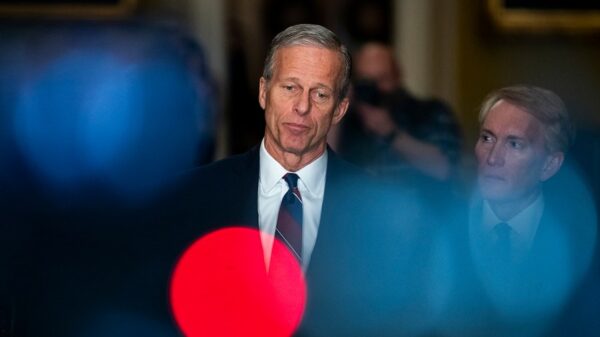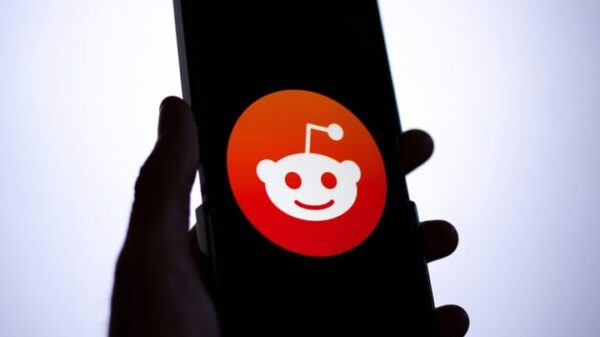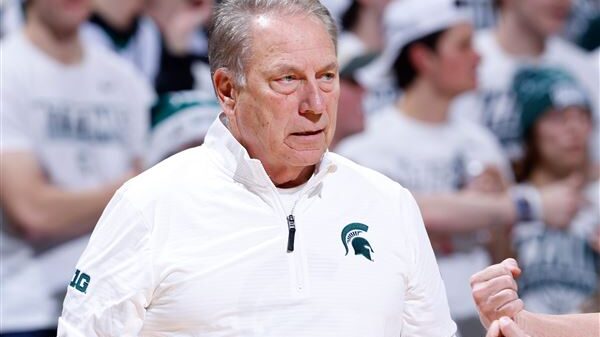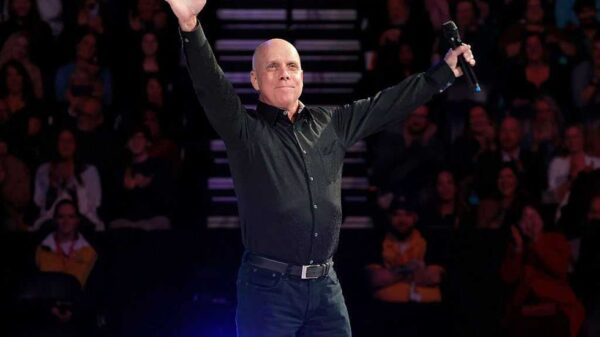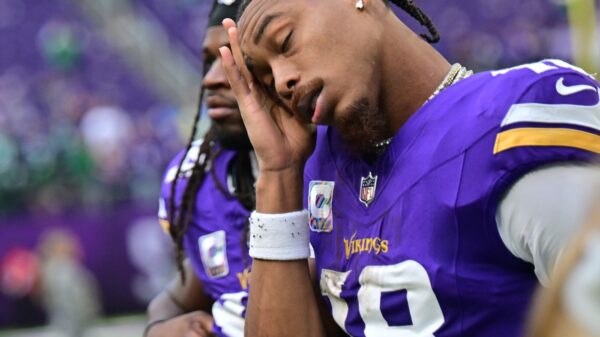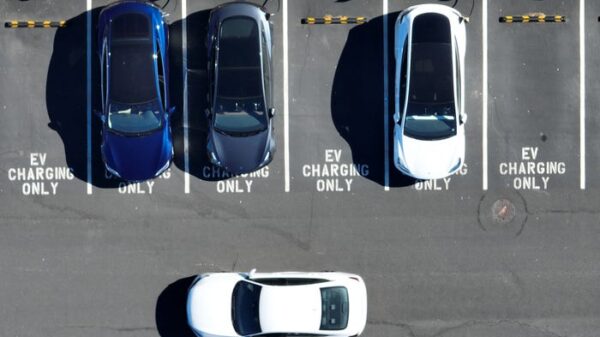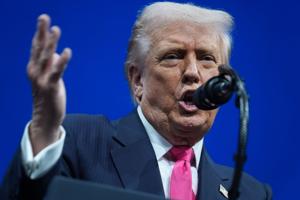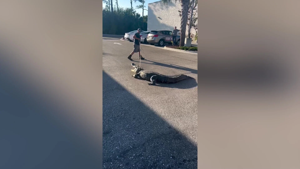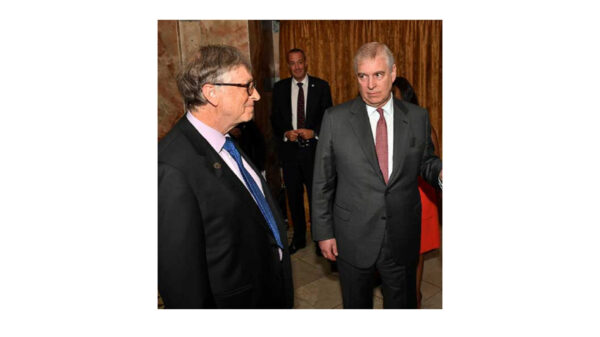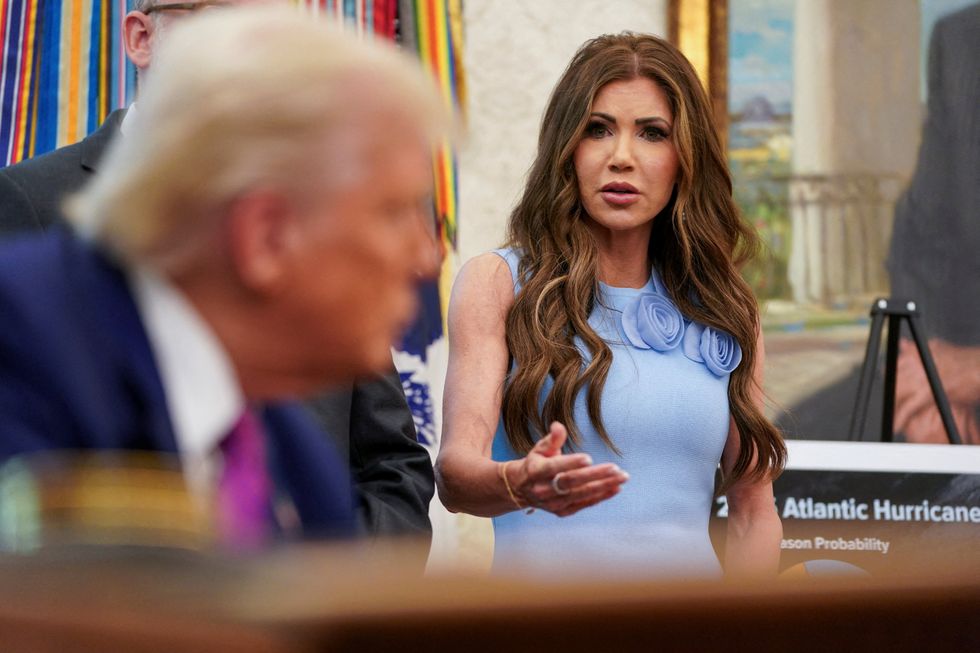The discourse surrounding free speech in the United States has become increasingly contentious, particularly following recent remarks by former President Donald Trump. His statements, which often appear contradictory, raise concerns about the sincerity of his commitment to free expression. During a speech in January, Trump declared his intention to protect free speech from government censorship. Yet, just last week, he labeled unfavorable media coverage as “really illegal,” indicating a selective interpretation of free speech rights.
Trump’s comments on the media came in response to ABC late-night host Jimmy Kimmel, whom he criticized for allegedly promoting “99 percent positive Democratic garbage.” In a series of statements, Trump suggested that Kimmel’s return to television could constitute an illegal campaign contribution to the Democratic Party. He expressed disdain for Kimmel’s ratings, claiming, “Let Jimmy Kimmel rot in his bad ratings.”
The former president’s remarks illustrate a troubling trend where political leaders prioritize outcomes over truth. In this case, Trump’s rhetoric serves to undermine the freedoms of entertainers who critique him. Recent data shows Kimmel’s show garnered approximately 14 million views on YouTube, contradicting Trump’s assertion that Kimmel’s work is detrimental to his network.
The narrative surrounding political violence has also been shaped by recent events, particularly following the death of a prominent political figure. The response from Trump’s administration included accusations against critics on the left, suggesting they were responsible for inciting violence. Stephen Miller, a senior advisor to Trump, described a “vast domestic terror movement” within leftist groups and promised to utilize government resources to combat this alleged threat.
However, investigations into the actions of a shooter, Tyler Robinson, who killed conservative activist Charlie Kirk, revealed no ties to left-wing organizations. Sources from law enforcement confirmed to NBC News that there is no evidence linking Robinson to any radical left groups, indicating that his motivations were personal rather than ideological.
The administration’s narrative continued following a shooting incident at an ICE facility in Dallas, where a lone gunman killed one detainee and injured two others. In response, Vice President JD Vance and Secretary of Homeland Security Kristi Noem attributed the violence to anti-ICE sentiment without concrete evidence. Noem remarked that the rhetoric surrounding ICE has “consequences,” suggesting that criticism of the agency contributes to violence against its officers.
The investigation into the ICE shooting has yet to clarify the motive behind the attack, leaving the administration’s claims unsubstantiated. As investigations unfold, the push to equate political criticism with criminal behavior remains a focal point of concern. The calls from officials to “identify, disrupt, eliminate and destroy” dissenting voices highlight a potential threat to free expression.
Amid these developments, a disturbing pattern emerges: the administration appears willing to overlook the truth behind its statements as long as they serve its objectives. Recent actions by ICE, including detaining a five-year-old girl to pursue her father, further complicate the narrative of law enforcement simply “enforcing the law.” Additionally, ICE’s intention to defy California’s new laws protecting individual liberties raises questions about accountability and governance.
Ultimately, the administration’s approach to free speech and political dissent reveals a complex and often contradictory stance. As conversations around freedom of expression continue, it is crucial to scrutinize the motivations behind political rhetoric and its implications for civil liberties in the United States.




